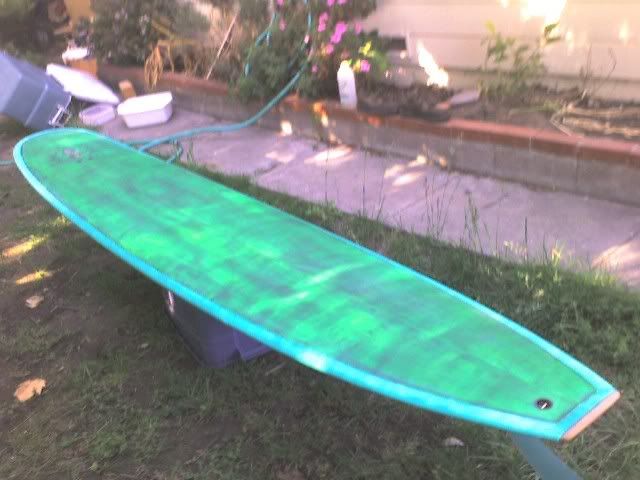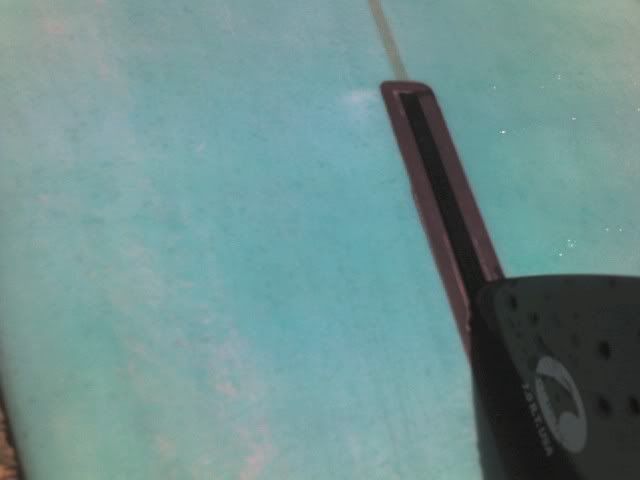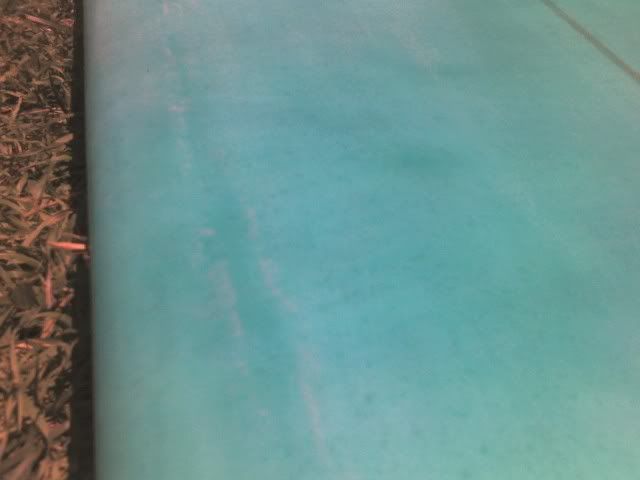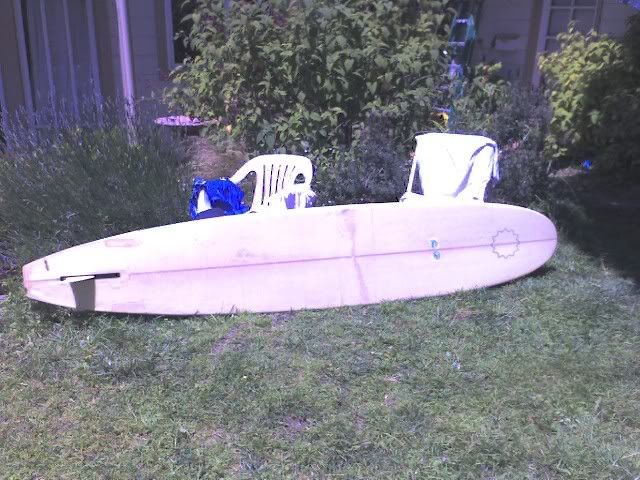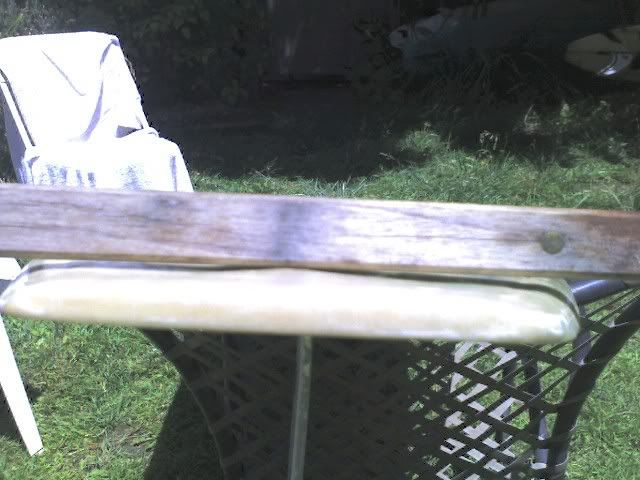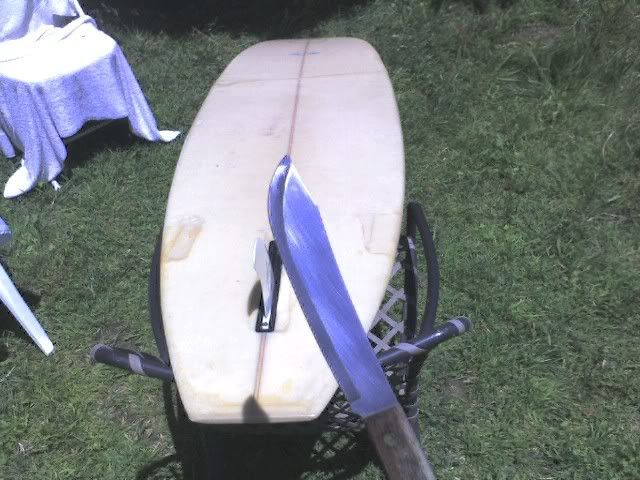well, after heating the stringer/foam collapse board up for an hour in the sun, no bubbling or water extrusion that I could find. Doesn’t mean there isn’t a leak, though. I also let the longboard sit in the sun, bottom up, for a little bit to check for pinholes while I was at it. Didn’t find any, but when I opened the vents up, they really sprayed a cloud of air (mixed with a little water that had been around the o-ring) up at me with a big hiss. Got to do it twice - once for the vent on each side of the stringer. I wasn’t expecting that much pressure release on 2# eps, but there’s a lot of volume in that green board, so it makes sense.
now, to get a little off topic for this thread:
In the spirit of Paul’s guitar and various other bits of artwork, here’s something I came up with this spring. It’s not pretty, but uses compsand technology:


I like to call it a Lujo. (combination lute banjo)
I wanted an instrument for backpacking that would be lightweight and fairly waterproof, and I’ve been playing the banjo for a few months so it just made sense that I used surfboard tech. The body consists of five layers of 1/16" balsa bent into the teardrop shape. I initially laminated two strips of balsa together with one layer of 4.6 oz s-glass between, wet out 1:1, on a form that I made with nail in a board. The other three layers of balsa were added afterwards under 20 inches hg in the bag also with the 4.6 oz between each layer. Next, the back was fabricated over a mold (a banjo resinator covered in plastic) with two layers of 1/16 balsa with 1 layer 4.6 oz between. The back was then attached using the bag for even clamping pressure all around. Excess was trimmed to make the back match the shape. The neck/headstock was made in three pieces. First, the balsa portion of the neck was formed around a mold with the following schedule: 4 layers 4.6 oz, 1 layer 1/16 balsa, 4 layers 4.6 oz, 1 layer 1/16 balsa, 4 layers 4.6 oz. The head stock was placed inside the top portion of this piece, and is made of 2 pieces of 1/4" cedar laminated together with 2 layers glass. This proto-neck( U-shaped in cross section) was attached to the body, and the entire thing was reinforced with a layer of 4 oz e-glass on the inside. I then attached a long piece of cedar to the top open side of the neck, making it a hollow neck, D-shaped in cross section. The cedar had been laminated with 4.6 oz on both sides. Next came the soundboard: four strips of 1/8" book matched cedar, laminated only on the outside with 4.6 oz s-glass. It was tap tuned to a G, after adding supports and tone bars on the underside. The inside of the soundboard was sealed with epoxy, but not glassed since I wanted to keep the tone as bright as possible. At this point I added the fingerboard (after putting in the mother of pearl inlay dots, and with 1 layer of glass underneath), glassed the whole thing except for the fingerboard and the soundboard in another layer of 4 oz e-glass, sealed the fingerboard using epoxy, and installed the frets. I sanded it, tuned the sound hole to an A, Installed the other hardware (nut, tailpiece, tuning pegs) and played with it for about a month to get it sounding just right.
so that was just a little side project. back to surfing now.
pat
